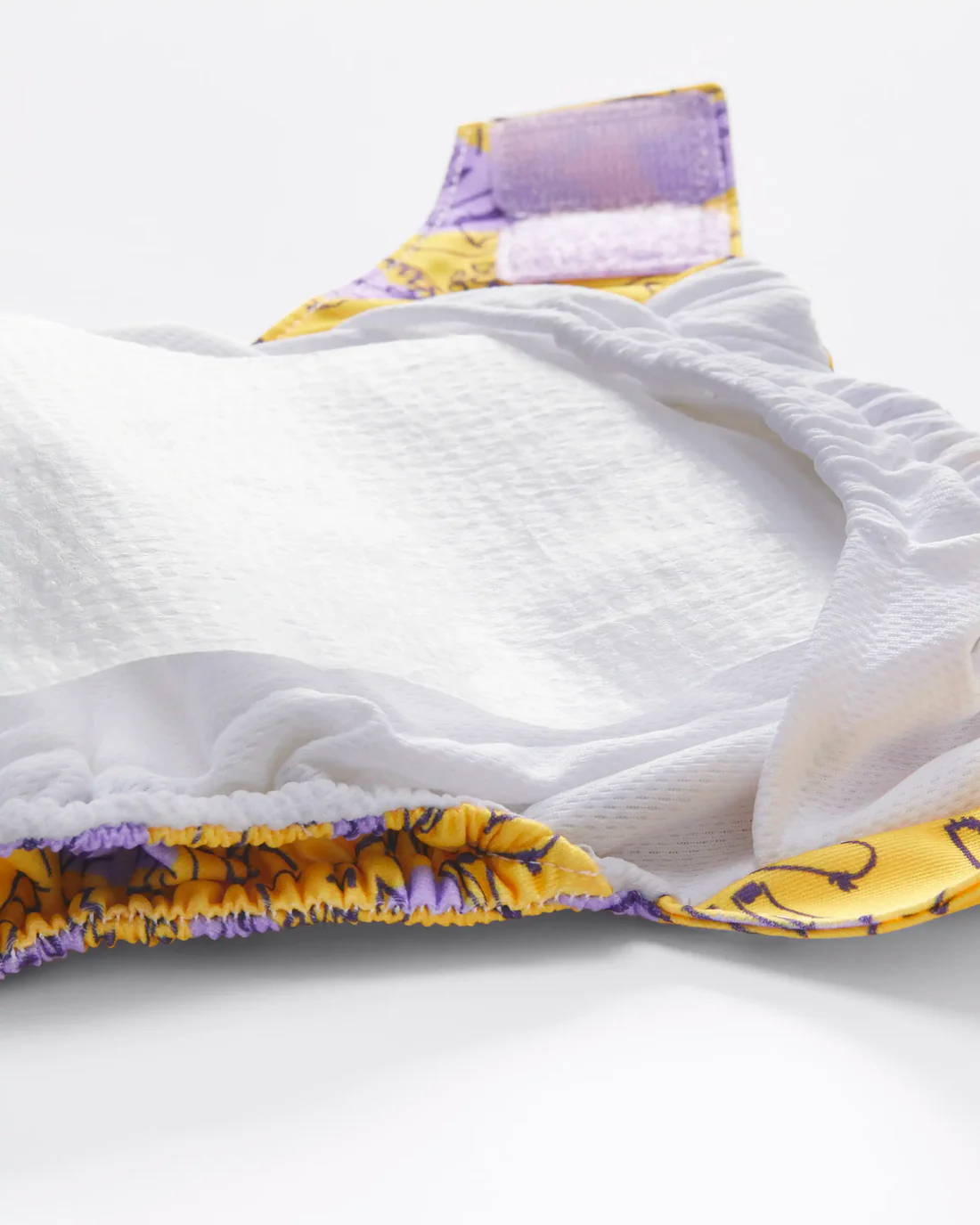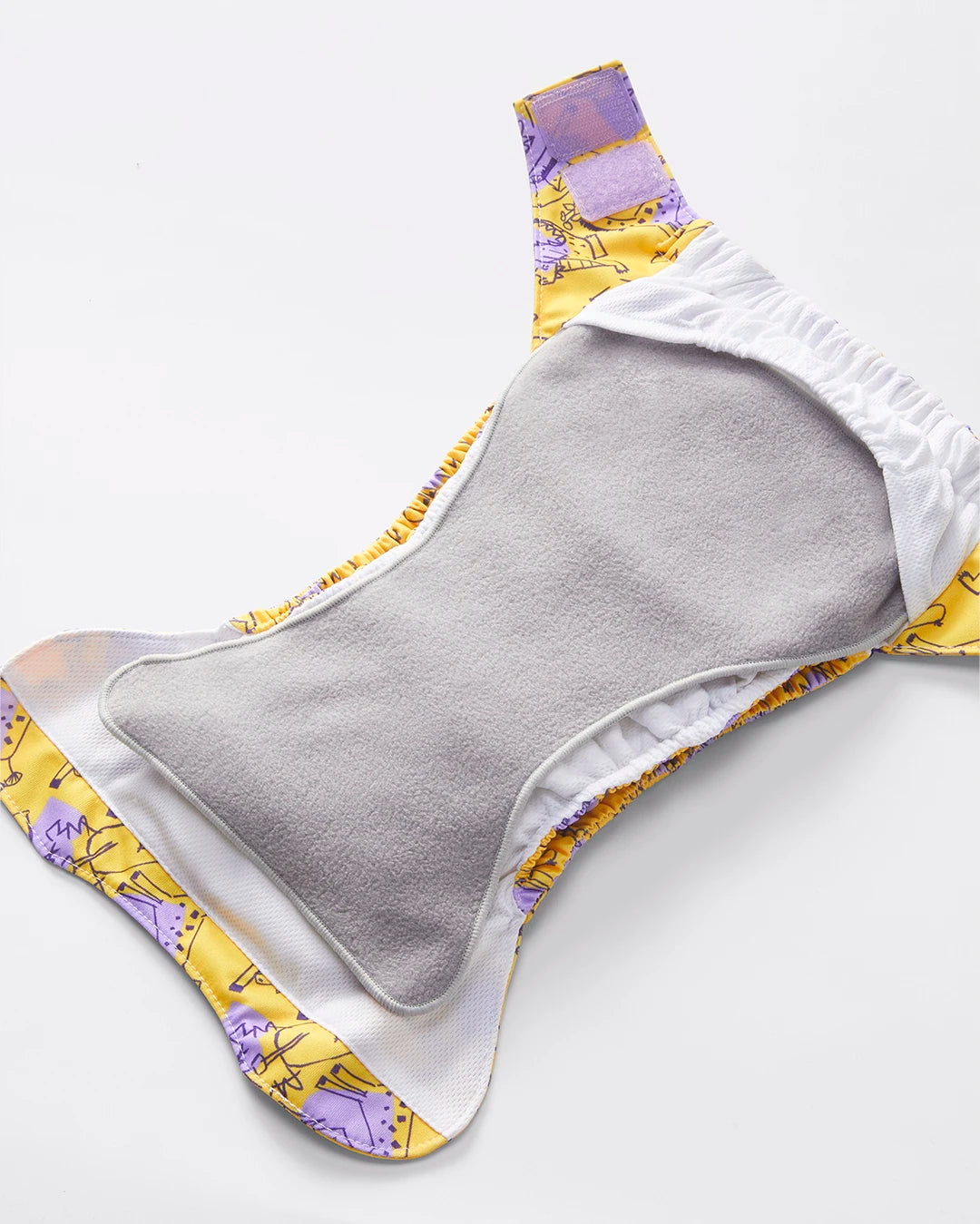Cloth nappy liners – what you need to know
Many parents (myself included) choose to use liners with cloth nappies to make cleaning easier and reduce staining. That said, liners are entirely optional—there’s no right or wrong choice here, just what works best for you and your baby.
When Should You Use Liners?
When we started cloth nappies on our newborns, I initially used disposable liners but quickly learned they were unnecessary—and actually added extra work!
For babies who are not yet weaned, breast milk and formula poo is water soluble, so you don’t even need to rinse it off before washing (as long as you’re washing every other day). We simply tossed nappies straight into the nappy bin, and the machine’s rinse cycle took care of the rest.
If you’re using stay-dry topped nappies (like Motherease Wizard Unos, pocket nappies, or many All-in-Ones and Twos), they wick moisture away from baby’s skin—so you might not need liners pre-weaning at all. In contrast, fitted and flat nappies don’t have this feature, so parents often use reusable liners to help keep their baby’s bottom dry.
Liner Types: Reusable vs Disposable
Reusable Liners
- Most Common Material: Fleece
- Doesn’t absorb liquid—helps keep baby dry
- Soft, comfy, and great for sensitive skin
- Easy to clean (most poo rolls off)
- Reusable, eco-friendly, and vegan-friendly
- Alternative: Silk
- Natural and antibacterial—excellent for sensitive skin and nappy rash
- More expensive, needs gentle washing, and can smell when wet
Disposable Liners

- Made From: Paper cellulose, bamboo, or other natural fibres
- Convenient: Just toss solids, then bin the liner
- Note: While once marketed as flushable, they should not be flushed anymore due to environmental concerns (like fatbergs). Even “flushable” liners take longer to break down than toilet paper.
- Less Ideal For:
- Sensitive skin
- Keeping baby dry
- Overnight use
Cleaning the Liners
Once weaning begins, poo becomes more solid and must be removed before washing. Even tiny bits of undigested food can block your washing machine filter!
Poo Removal Methods
- Sluicing: Hold one end of the liner and dip into a toilet flush.
- ‘Poo Knife’: A dedicated spatula or spoon for scraping
- Spray Bottle: Use a pressurized bottle to rinse off waste
- Shower Head: Rinse into a bucket or directly in the toilet
- Bidet Attachment: Installed on your toilet for easy rinsing
Final Thoughts
Fleece liners are generally the preferred option for their comfort, reusability, and stay-dry features—especially helpful for sensitive skin and overnight use. Paper liners are a handy option for easier cleanup once solids begin, but they trade off comfort and environmental impact.


